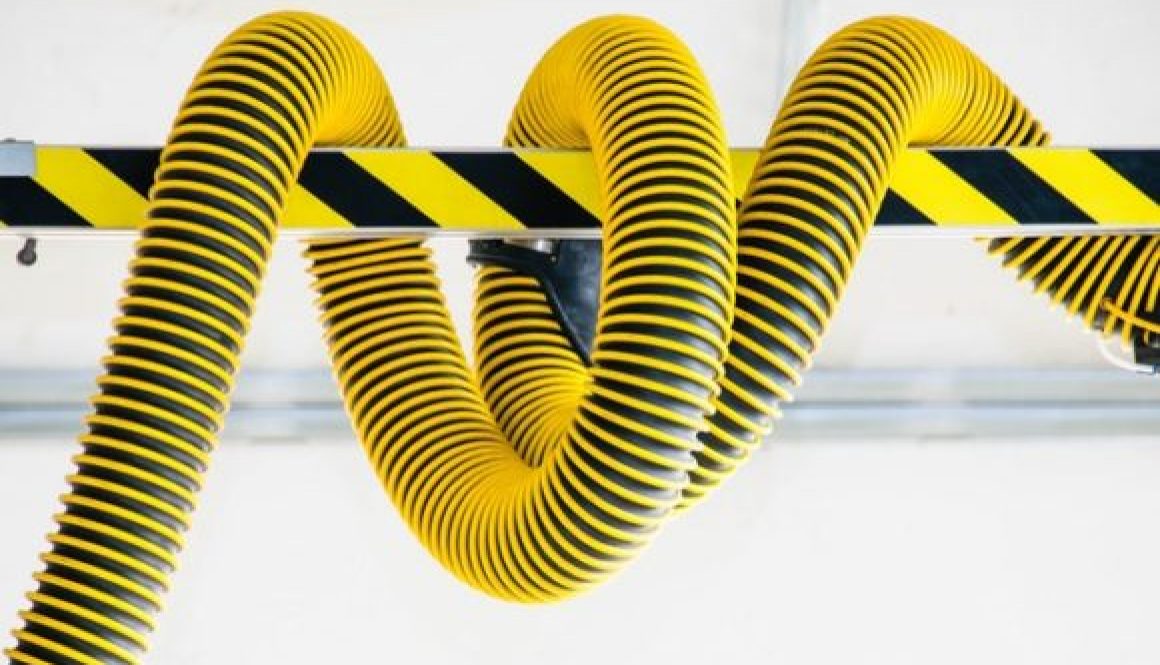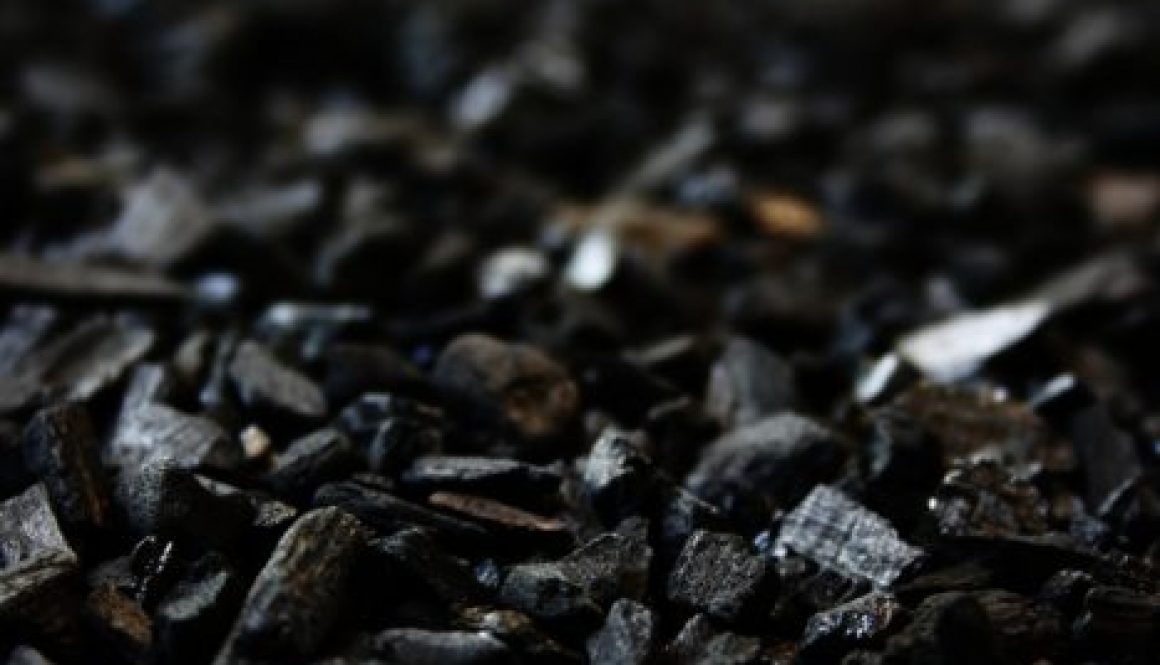Didn’t Go? Where Did it Go…?
Where does “it” go when you are acutely or chronically constipated? Anytime, you eat, and it doesn’t come out, it is called constipation. Either way, the normal functions of the digestive tract have been disrupted—most commonly in the colon, but potentially anywhere along your 30-foot-long digestive tract.
Not only are normal functions of food breakdown and nutrient absorption possibly impaired, but toxic waste material may accumulate, and numerous health problems may occur. As this pattern is repeated (chronic constipation), diet and lifestyle changes are imperative in order to prevent serious health problems.
Think of it this way: We chew, we swallow, and it’s gone! Well, not exactly. It’s easy to get lulled into the belief that if we cannot see something, there is no need to concern ourselves with it anymore. But the reality is that if you eat something and it does not come out, it is still in there! Eventually, allowing food to stay inside the warm, wet environment that is your digestive tract may, well… make the nose wrinkle, that’s for sure!
Our instinct is to ignore potential problems and hope they go away. But picture putting food inside a plastic bag and leaving it in a closet, for days—especially “indulgence” foods like alcohol, fried foods, processed foods, and sugary desserts. Yuck! Dis-Ease is undoubtedly brewing.
So, what are some solutions to avoiding or omitting this toxic buildup? Well, in fact, it’s simple, cleansing!
Our bodies are designed to detoxify daily by engaging the five elimination organs—skin, lungs, kidneys, liver, and colon—to neutralize and eliminate toxins. Toxic or excess foods, beverages, medications, emotions, and lifestyle choices may reduce your body’s ability to detoxify efficiently and effectively.
As we discovered in the “Think of it this way” above, if metabolic wastes are not eliminated properly, they remain inside us—either stagnating along the digestive tract or being reabsorbed. When waste is reabsorbed through the intestinal walls, the body transports it via the bloodstream to various cavities, organs, and joints. These toxins may then be stored in fat cells and mucus, form crystals, or bind to proteins in your tissues. Cholesterol may develop into gallstones or bind to artery walls. The crystals or minerals may form stones in the kidneys, and the proteins may form deposits in the connective tissues. Needless to say, there are many compelling reasons to cleanse!
More information: Intestinal Health ~ A Practical Guide to Complete Abdominal Comfort http://amzn.to/2ckb2Mm
What I’m trying to say is that every day, we may take in both natural and unnatural substances—including foods, liquids, air, heavy metals, chemicals, pollutants, bacteria, viruses, and more—simply by eating, drinking, breathing, or absorbing them through our skin. In addition, any “good” or “bad” organisms living inside our bodies—such as intestinal bacteria, parasites, or yeasts—produce metabolic waste.
Even though our bodies are designed to “self-clean,” if this natural input-output mechanism becomes overwhelmed, sluggish, or interrupted, the toxic substances that should be excreted may stagnate or be reabsorbed into our bloodstream and body cavities. This process may result in internal toxicity, which may, in turn, lead to ill health, if not outright disease.
Detoxifying or cleansing your body may be one strategy you choose to implement, as it may help keep your digestion on track and reduce or prevent stagnation and reabsorption. Each of the five major elimination organs—the kidneys, liver, lungs, colon, and skin—have their own specific means of cleansing and detoxing.
Learn how to detoxify each elimination organ on pages 167-71 in Intestinal Health ~ A Practical Guide to Complete Abdominal Comfort http://amzn.to/2ckb2Mm
It’s simple, implement cleansing—purging your body of toxins, and you may experience increasingly abundant energy, mental clarity, and enhanced bodily function. Give it a try, what have you got to lose? Wink.
Fast Health Tip & Recipe Videos: http://bit.ly/29C5dIx – SUBSCRIBE.









